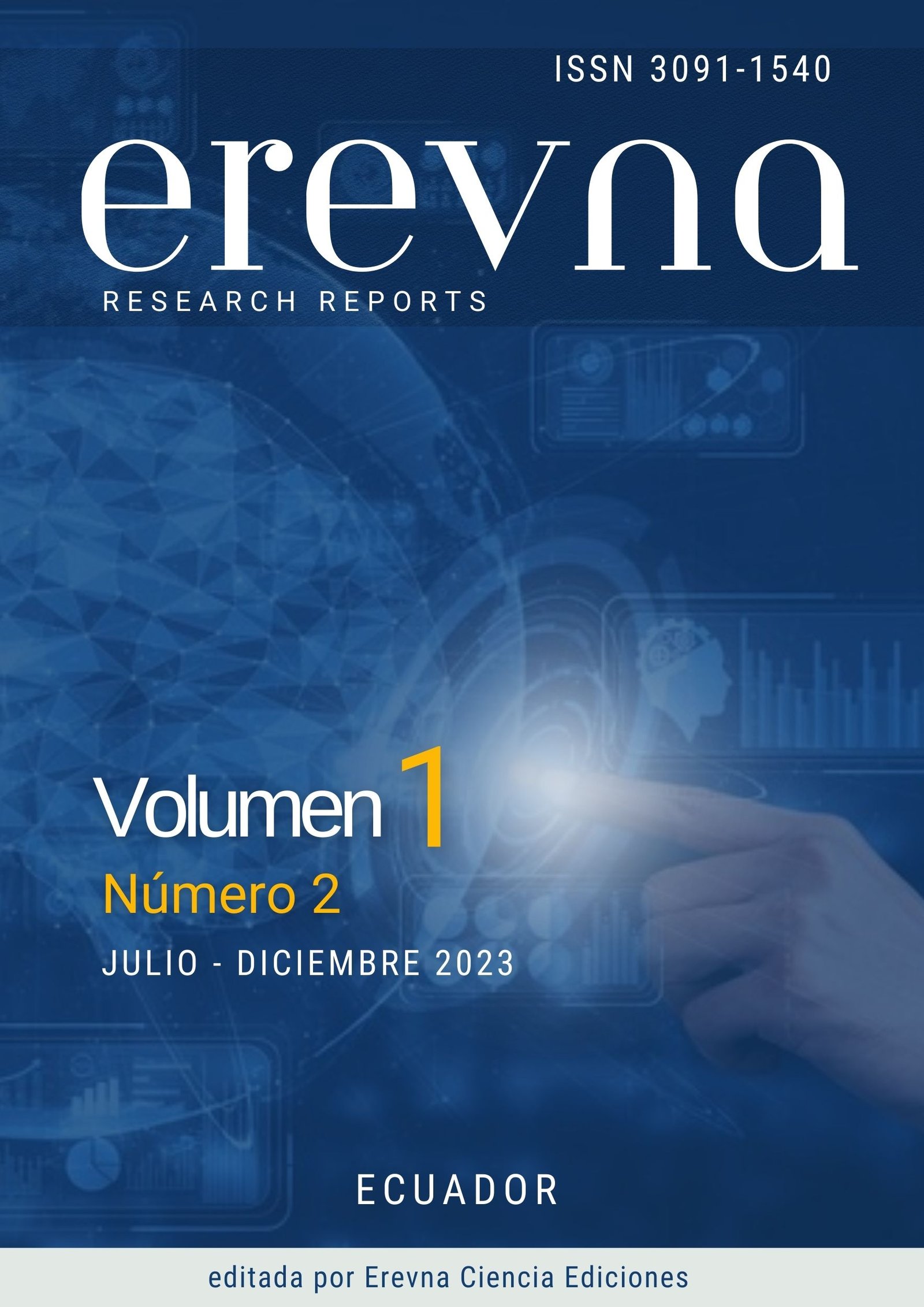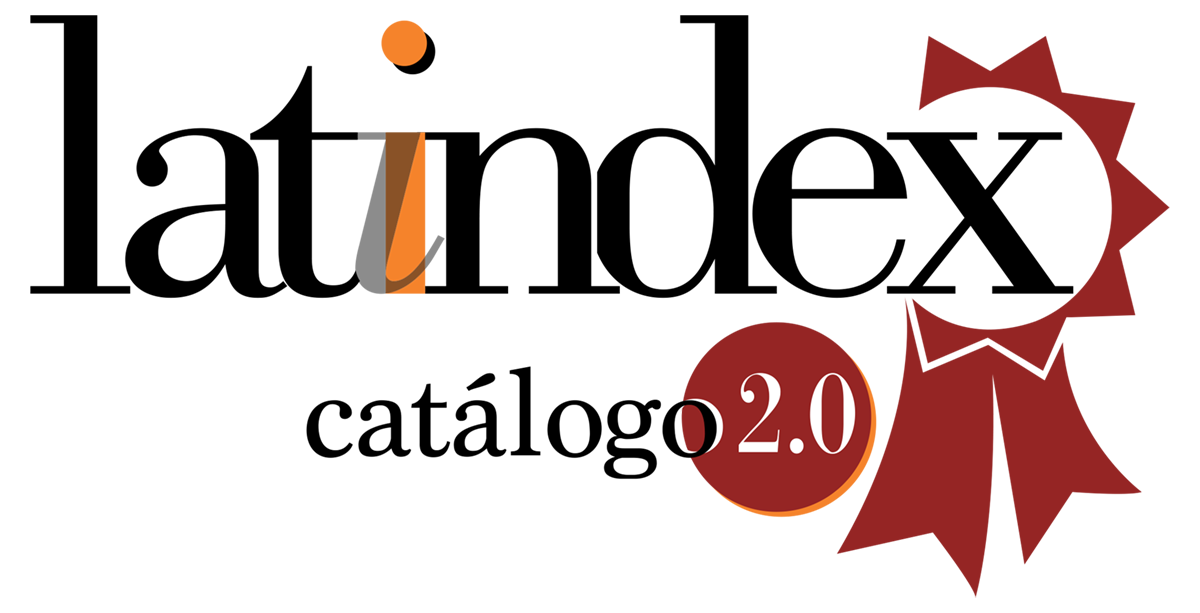Phytohormones and Indigenous Efficient Microorganisms in the Physiological Quality of Bell Pepper (Capsicum annuum) Seeds
DOI:
https://doi.org/10.70171/byzx6a68Keywords:
cytokinin, germination strategies, plant hormones, seed pretreatmentAbstract
Justification: pepper seeds are the starting point for agricultural production, and their quality is a determining factor for the success of the crop. Objective: to evaluate the effect of phytohormones and efficient native microorganisms on the physiological quality of pepper seeds (Capsicum annuum). Methodology: a completely randomized design with a 2 × 4 factorial arrangement was used, evaluating two soaking times (2 and 4 hours) and four doses of phytohormones (2.5 cc of cytokinin L⁻¹ of water, 2.5 cc of cytokinin L⁻¹ of water + 5.0 cc of EMA’s L⁻¹ of water, 5.0 cc of gibberellin L⁻¹ of water, 5.0 cc of gibberellin L⁻¹ of water + 5.0 cc of EMA’s L⁻¹ of water). Eight treatments were used with three replications each. The germination speed index and percentage, as well as the emergence speed index and percentage, were evaluated. Results: Seeds treated with gibberellin for 4 hours were the fastest to germinate, followed by the 2-hour treatment. Both treatments achieved the highest germination percentages. The combination of gibberellin with EMA’s for 4 hours resulted in the highest emergence speed index, followed by the combination at 2 hours. In all cases, gibberellin treatments improved seed emergence. Conclusion: although gibberellin was the fastest for germination, its combination with EMA’s was more effective at improving emergence, suggesting that both treatments have complementary effects at different stages of the seed development process.
Downloads
References
Aremu, A. O., Fawole, O. A., Makunga, N. P., Masondo, N. A., Moyo, M., Buthelezi, N. M., ... & Doležal, K. (2020). Applications of cytokinins in horticultural fruit crops: Trends and future prospects. Biomolecules, 10(9), 1222. https://doi.org/10.3390/biom10091222 DOI: https://doi.org/10.3390/biom10091222
Armada, E., Leite, M. F., Medina, A., Azcon, R., & Kuramae, E. E. (2018). Native bacteria promote plant growth under drought stress condition without impacting the rhizomicrobiome. FEMS microbiology ecology, 94(7), fiy092. https://doi.org/10.1093/femsec/fiy092 DOI: https://doi.org/10.1093/femsec/fiy092
Bagale, P., Pandey, S., Regmi, P., & Bhusal, S. (2022). Role of plant growth regulator “Gibberellins” in vegetable production: An overview. International journal of horticultural science and technology, 9(3), 291-299. https://doi.org/10.22059/ijhst.2021.329114.495
Bhatla, S. C., & Lal, M. A. (2023). Seed dormancy and germination. In Plant Physiology, Development and Metabolism (pp. 625-640). Singapore: Springer Nature Singapore. https://doi.org/10.1007/978-981-99-5736-1_28 DOI: https://doi.org/10.1007/978-981-99-5736-1_28
Cano-González, M. Á., Ayil-Gutiérrez, B. A., Delgado-Martínez, R., Osorio-Hernández, E., Rangel-Lucio, J. A., & Poot-Poot, W. A. (2021). Physiological potential of piquin pepper seeds in response to pregermination treatments. Ciência e Agrotecnologia, 45, e019521. https://doi.org/10.1590/1413-7054202145019521 DOI: https://doi.org/10.1590/1413-7054202145019521
Cardarelli, M., Woo, S. L., Rouphael, Y., & Colla, G. (2022). Seed treatments with microorganisms can have a biostimulant effect by influencing germination and seedling growth of crops. Plants, 11(3), 259. https://doi.org/10.3390/plants11030259 DOI: https://doi.org/10.3390/plants11030259
Castro-Camba, R., Sánchez, C., Vidal, N., & Vielba, J. M. (2022). Plant development and crop yield: The role of gibberellins. Plants, 11(19), 2650. https://doi.org/10.3390/plants11192650 DOI: https://doi.org/10.3390/plants11192650
Costa, C. J., Meneghello, G. E., Jorge, M. H. A., & Costa, E. (2021). The importance of physiological quality of seeds for agriculture. Colloquium Agrariae, v. 17, n. 4, p. 102-119, ago. 2021. http://dx.doi.org/10.5747/ca.2021.v17.n4.a452 DOI: https://doi.org/10.5747/ca.2021.v17.n4.a452
EL Sabagh, A., Islam, M. S., Hossain, A., Iqbal, M. A., Mubeen, M., Waleed, M., ... & Abdelhamid, M. T. (2022). Phytohormones as growth regulators during abiotic stress tolerance in plants. Frontiers in Agronomy, 4, 765068. https://doi.org/10.3389/fagro.2022.765068 DOI: https://doi.org/10.3389/fagro.2022.765068
El-Maarouf-Bouteau, H. (2022). The seed and the metabolism regulation. Biology, 11(2), 168. https://doi.org/10.3390/biology11020168 DOI: https://doi.org/10.3390/biology11020168
Farooq, M. A., Ma, W., Shen, S., & Gu, A. (2022). Underlying biochemical and molecular mechanisms for seed germination. International Journal of Molecular Sciences, 23(15), 8502. https://doi.org/10.3390/ijms23158502 DOI: https://doi.org/10.3390/ijms23158502
Gough, R. E. (2020). Seed quality: basic mechanisms and agricultural implications. CRC Press. DOI: https://doi.org/10.4324/9781003075226
Guzmán-Ortiz, F. A., Castro-Rosas, J., Gómez-Aldapa, C. A., Mora-Escobedo, R., Rojas-León, A., Rodríguez-Marín, M. L., ... & Román-Gutiérrez, A. D. (2019). Enzyme activity during germination of different cereals: A review. Food Reviews International, 35(3), 177-200. https://doi.org/10.1080/87559129.2018.1514623 DOI: https://doi.org/10.1080/87559129.2018.1514623
Hassan, Z. M., Mana, H. A., & Abdullah, M. Q. (2021). Study of some physiological characteristics of pepper plant treated with gibberellin. International Journal of Agricultural & Statistical Sciences, 17. https://connectjournals.com/03899.2021.17.1885
ISTA Secretariat. (2024). Estándar de Acreditación ISTA para Análisis y Muestreo de Semillas. International Seed Testing Association. https://bit.ly/4fdPQph
Longo, C., Holness, S., De Angelis, V., Lepri, A., Occhigrossi, S., Ruta, V., & Vittorioso, P. (2020). From the outside to the inside: New insights on the main factors that guide seed dormancy and germination. Genes, 12(1), 52. https://doi.org/10.3390/genes12010052 DOI: https://doi.org/10.3390/genes12010052
Maguire, J. D. (1962). Speed of germination-aid in selection and evaluation for seedling emergence and vigor. Crop Science, 2(2), 176-177. https://doi.org/10.2135/cropsci1962.0011183X000200020033x DOI: https://doi.org/10.2135/cropsci1962.0011183X000200020033x
Martínez Solis, J., Virgen Vargas, J., Peña Ortega, M. G., & Santiago Romero, A. (2010). Índice de velocidad de emergencia en líneas de maíz. Revista mexicana de ciencias agrícolas, 1(3), 289-304. https://www.scielo.org.mx/pdf/remexca/v1n3/v1n3a2.pdf
Navarro, J. M., & Morte, A. (2024). Arbuscular mycorrhizal fungi as biofertilizers to increase the plant quality of Sour-Orange seedlings. Agronomy, 14(1), 230. https://doi.org/10.3390/agronomy14010230 DOI: https://doi.org/10.3390/agronomy14010230
Panda, D., & Mondal, S. (2020). Seed enhancement for sustainable agriculture: an overview of recent trends. Plant Arch, 20(1), 2320-2332. https://www.plantarchives.org/SPECIAL%20ISSUE%2020-1/2320%20-2332%20(407).pdf
Rafique, M., Naveed, M., Mustafa, A., Akhtar, S., Munawar, M., Kaukab, S., ... & Salem, M. Z. (2021). The combined effects of gibberellic acid and rhizobium on growth, yield and nutritional status in chickpea (Cicer arietinum L.). Agronomy, 11(1), 105. https://doi.org/10.3390/agronomy11010105 DOI: https://doi.org/10.3390/agronomy11010105
Ramos Cabrera, E. V., Delgado Espinosa, Z. Y., & Solis Pino, A. F. (2024). Use of Phosphorus-Solubilizing Microorganisms as a Biotechnological Alternative: A Review. Microorganisms, 12(8), 1591. https://doi.org/10.3390/microorganisms12081591 DOI: https://doi.org/10.3390/microorganisms12081591
Samarah, N. H., Al-Quraan, N. A., Massad, R. S., & Welbaum, G. E. (2020). Treatment of bell pepper (Capsicum annuum L.) seeds with chitosan increases chitinase and glucanase activities and enhances emergence in a standard cold test. Scientia Horticulturae, 269, 109393. https://doi.org/10.1016/j.scienta.2020.109393 DOI: https://doi.org/10.1016/j.scienta.2020.109393
SANTOS, L. F., Lana, R. P., Silva, M., Veloso, T. G., Kasuya, M. C. M., & Ribeiro, K. G. (2020). Effective microorganisms inoculant: Diversity and effect on the germination of palisade grass seeds. Anais da Academia Brasileira de Ciências, 92, e20180426. https://doi.org/10.1590/0001-3765202020180426 DOI: https://doi.org/10.1590/0001-3765202020180426
Sawicka, B., Pszczółkowski, P., Barbaś, P., Skiba, D., & Bienia, B. (2022). The Role and Importance of Microorganisms in Environmental Sustainability. Microbial Biotechnology: Role in Ecological Sustainability and Research, 107-133. https://doi.org/10.1002/9781119834489.ch7 DOI: https://doi.org/10.1002/9781119834489.ch7
Sundareswaran, S., Ray Choudhury, P., Vanitha, C., & Yadava, D. K. (2023). Seed quality: Variety development to planting—An overview. Seed Science and Technology: Biology, Production, Quality, 1-16. https://doi.org/10.1007/978-981-19-5888-5 DOI: https://doi.org/10.1007/978-981-19-5888-5_1
Taylor, A. G. (2020). Seed storage, germination, quality, and enhancements. In The physiology of vegetable crops (pp. 1-30). Wallingford UK: CABI. https://doi.org/10.1079/9781786393777.0001 DOI: https://doi.org/10.1079/9781786393777.0001
Thakur, M., Tiwari, S., Kataria, S., & Anand, A. (2022). Recent advances in seed priming strategies for enhancing planting value of vegetable seeds. Scientia Horticulturae, 305, 111355. https://doi.org/10.1016/j.scienta.2022.111355 DOI: https://doi.org/10.1016/j.scienta.2022.111355
Tombegavani, S. S., Zahedi, B., Mousavi Fard, S., & Ahmadpour, A. (2020). Response of germination and seedling growth of pepper cultivars to seed priming by plant growth regulators. International Journal of Horticultural Science and Technology, 7(1), 59-68. https://doi.org/10.22059/ijhst.2020.274293.275
Vaishnav, D., & Chowdhury, P. (2023). Types and function of phytohormone and their role in stress. In Plant Abiotic Stress Responses and Tolerance Mechanisms. IntechOpen. https://doi.org/10.5772/intechopen.109325 DOI: https://doi.org/10.5772/intechopen.109325
Wang, G., Ren, Y., Bai, X., Su, Y., & Han, J. (2022). Contributions of beneficial microorganisms in soil remediation and quality improvement of medicinal plants. Plants, 11(23), 3200. https://doi.org/10.3390/plants11233200 DOI: https://doi.org/10.3390/plants11233200
Yang, Y., Gao, C., Ye, Q., Liu, C., Wan, H., Ruan, M., ... & Cheng, Y. (2024). The Influence of Different Factors on the Metabolism of Capsaicinoids in Pepper (Capsicum annuum L.). Plants, 13(20), 2887. https://doi.org/10.3390/plants13202887 DOI: https://doi.org/10.3390/plants13202887
Downloads
Published
Issue
Section
Categories
License
Copyright (c) 2023 María Cristina Martínez-Sotelo (Autor/a)

This work is licensed under a Creative Commons Attribution-NonCommercial-ShareAlike 4.0 International License.





















